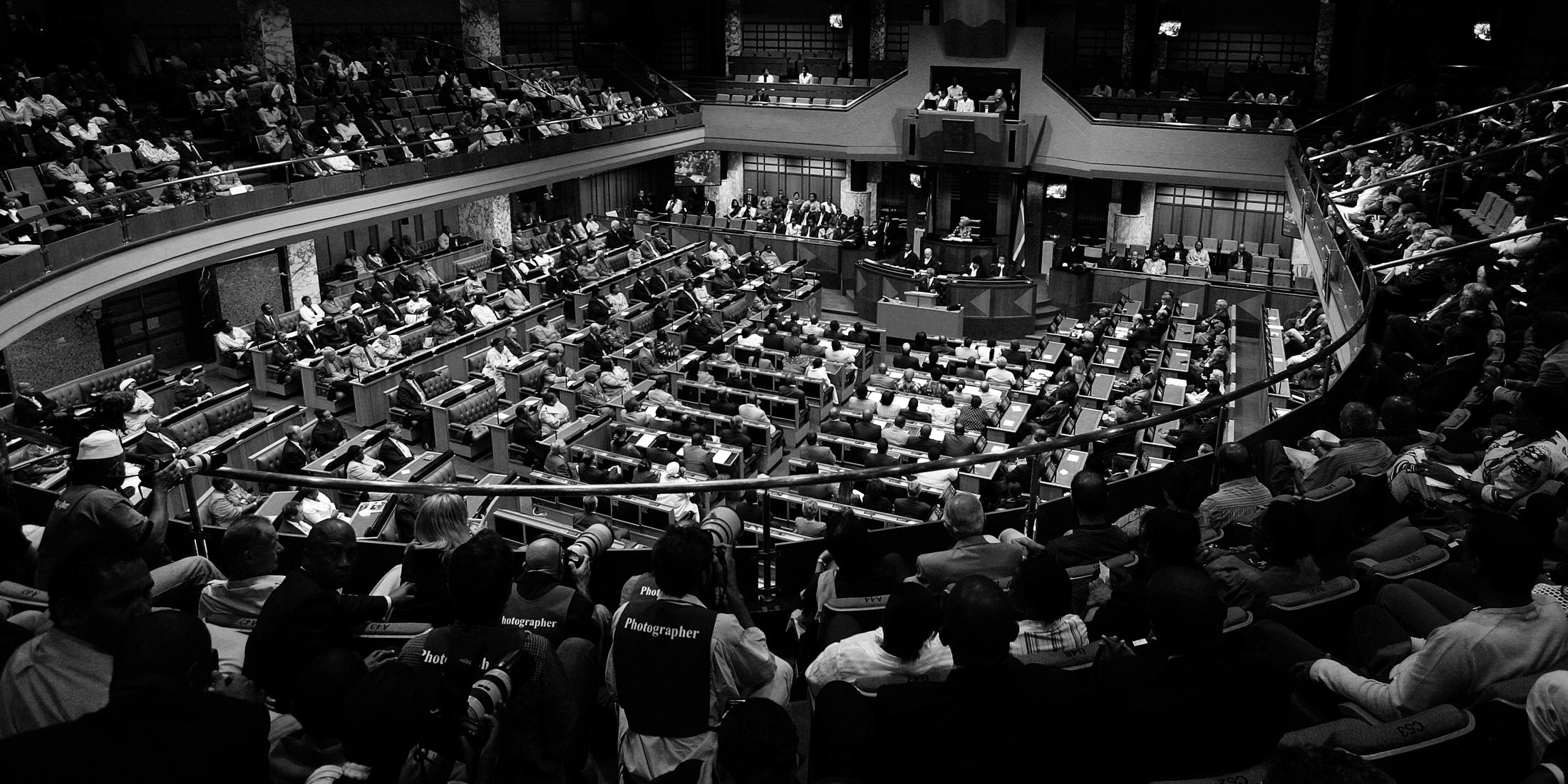Beyond its direct impact, homicide has serious negative effects on the lives of surviving family members, particularly children. Psychological effects include anxiety, depression, post-traumatic stress disorder, aggression, guilt and a heightened sense of vulnerability. Socio-occupational effects include problems in school and at work. Homicide may also lead families to incur expenses they can ill afford, such as funeral costs and lawyer fees. If the victim was a breadwinner, families may no longer be able to cope financially. Homicide can generate a sense of insecurity in society, and when high rates occur in countries with weak, inefficient and corrupt criminal justice systems, can contribute to undermining social and economic development.
Homicide is caused by mix of factors at the individual, relationship, community and societal levels. Demographic structure is a well-established risk factor for homicide. Societies where young people – particularly young males – make up a greater share of the population tend to have higher homicide rates. Transitions in political regimes may also be associated with increased homicide. The fall of Communism in Eastern Europe, apartheid in South Africa, and dictatorship in Brazil all saw rapid increases in homicide rates. Homicide rates may increase in the absence of good governance and effective rule of law. Homicide rates tend to be lower where states have legitimacy in the eyes of citizens, can deliver key political goods such as justice based on the rule of law, and have low levels of corruption. Poverty, economic inequality, ethnic fractionalization, and the availability of guns and alcohol are also risk factors for homicide.


